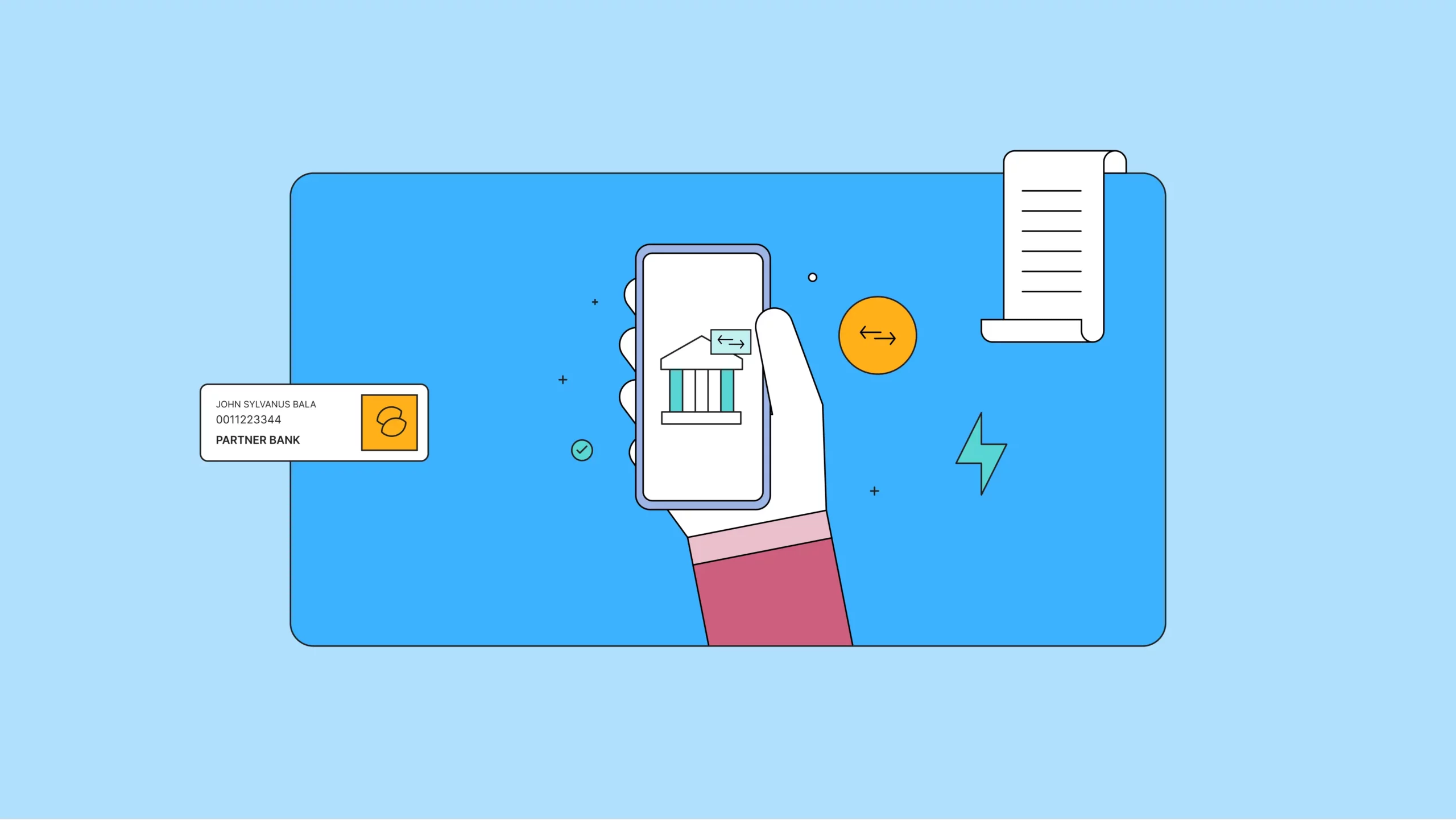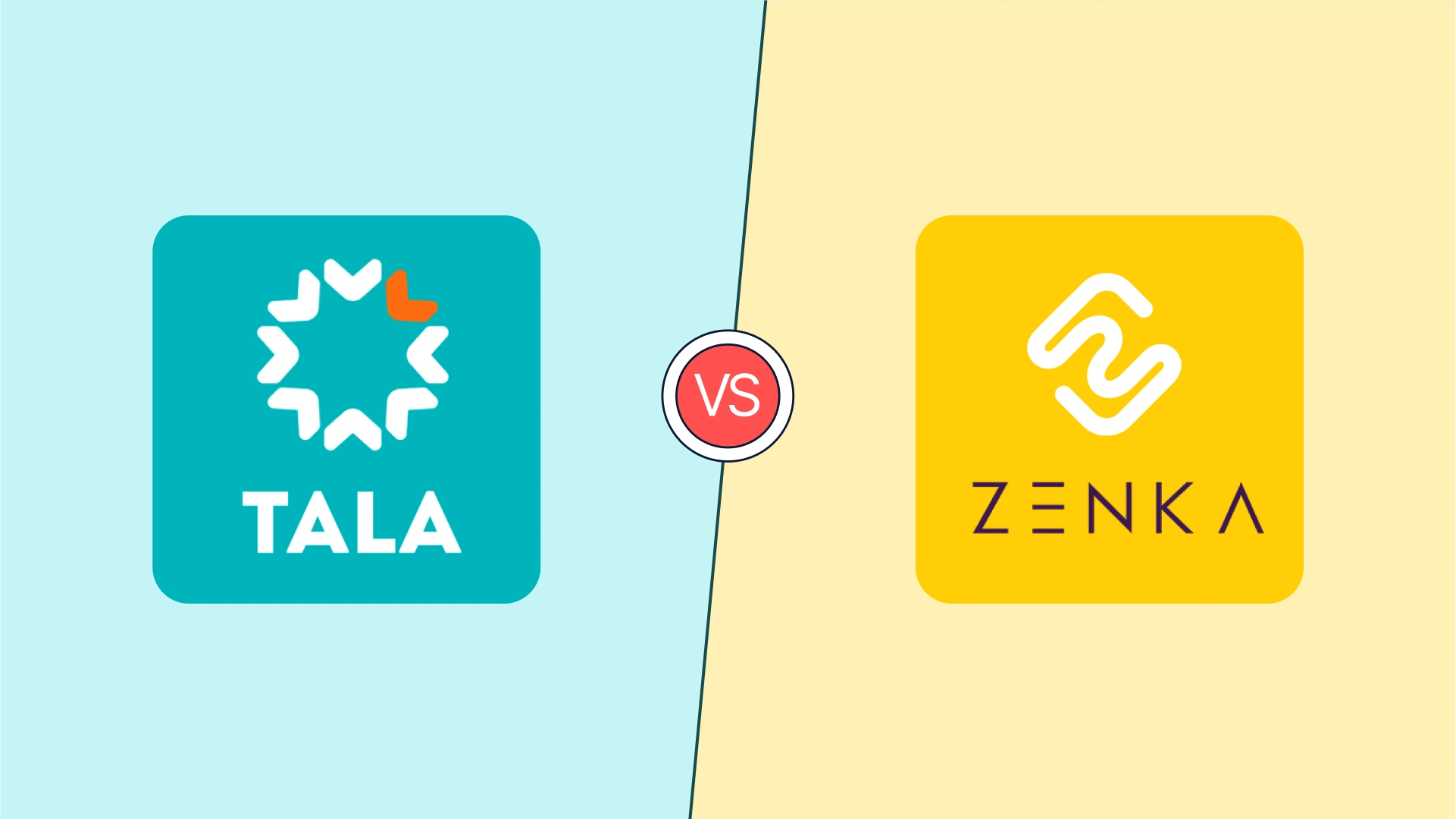How to start lending in Namibia
If you’re thinking about starting a cash loan business in Namibia, here are the steps to take...
Tala vs Zenka – which is the best in Kenya
If you live in Kenya, you’ve probably had that moment when something unexpected comes up, and suddenly, you need cash fast. Maybe it’s an emergency medical bill, a school fee deadline, or a small business expense that can’t wait. This is where mobile loan apps like Tala and Zenka come in, promising a simple solution […]
Where to get a 1,500 CUP loan in Cuba
We’ve narrowed down the five most reliable apps that can get you CUP1,500 when you need it most, without any hassle or unpleasant surprises.





